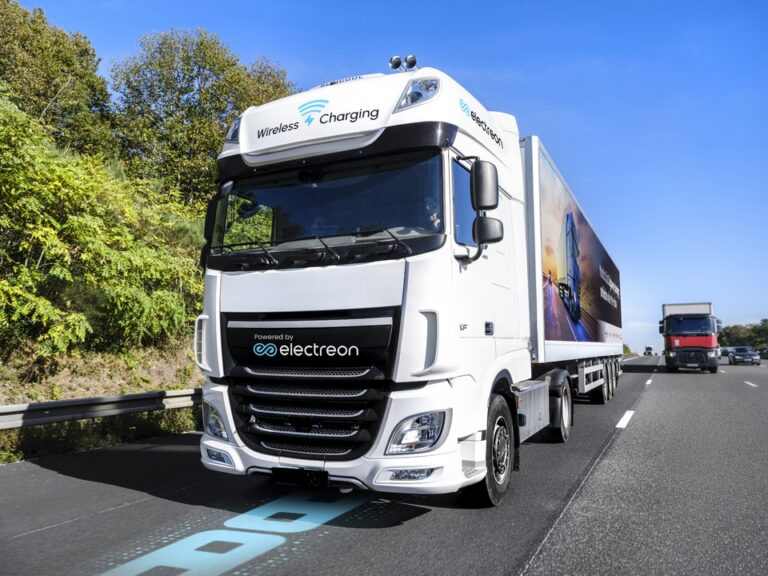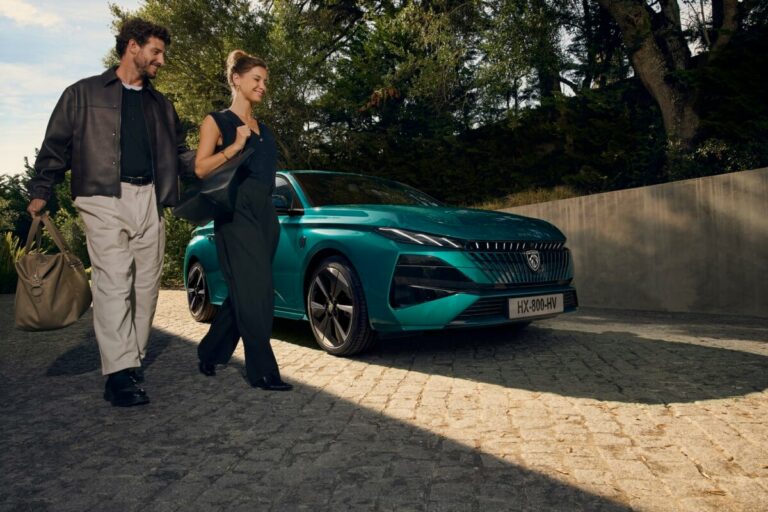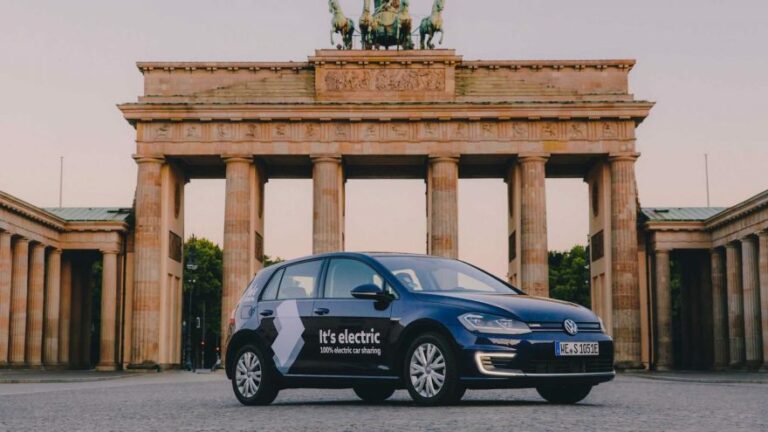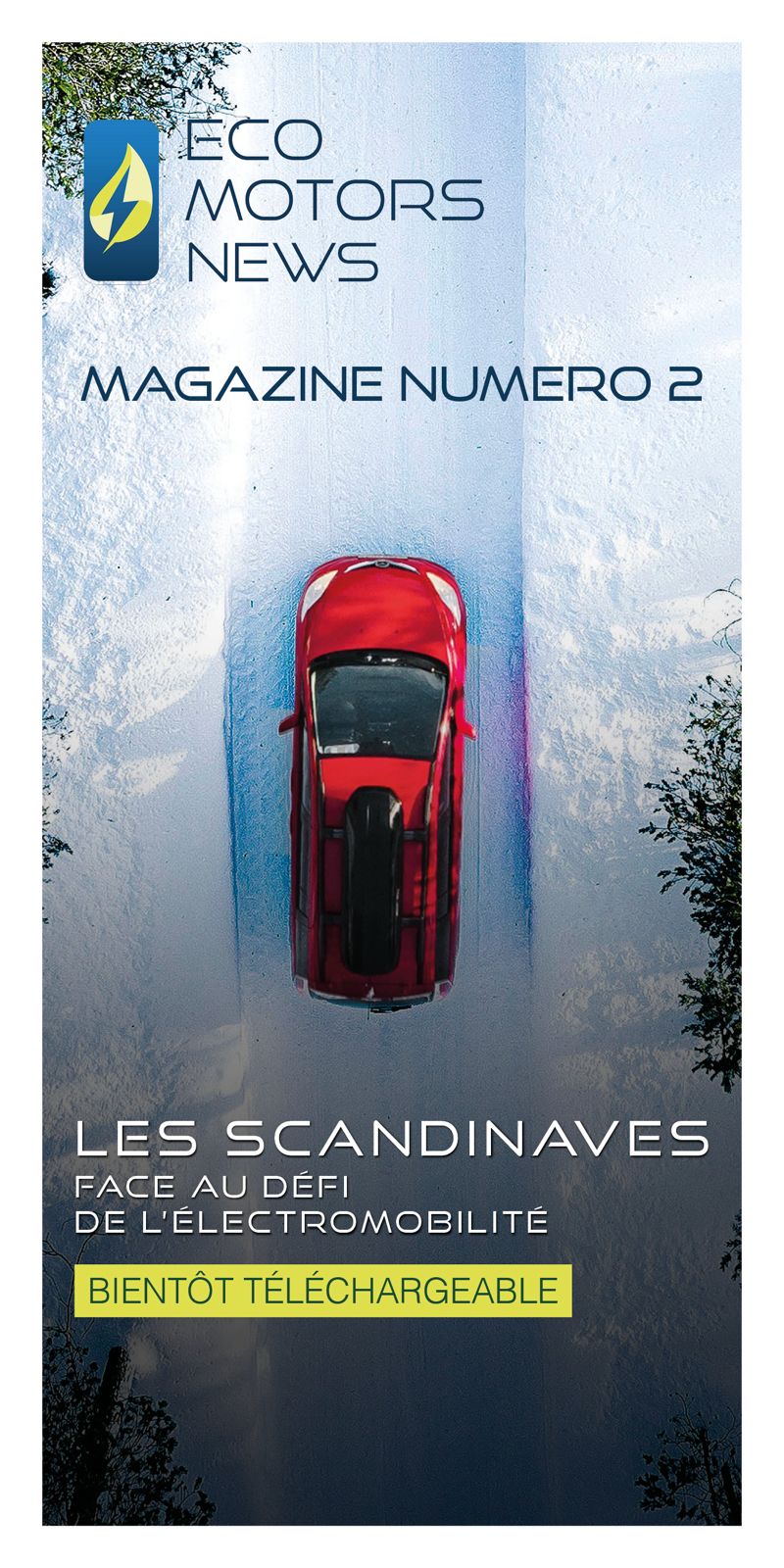Against a backdrop of urgent energy transition, Europe’s capital cities are stepping up their commitment to electromobility. They are focusing on electric cars, hybrids and recharging infrastructures. Berlin, Luxembourg City, Madrid and Lisbon illustrate four different but ambitious approaches. Each city has strong objectives and faces specific challenges. Urban planning, financing and infrastructure are their main short-term challenges.
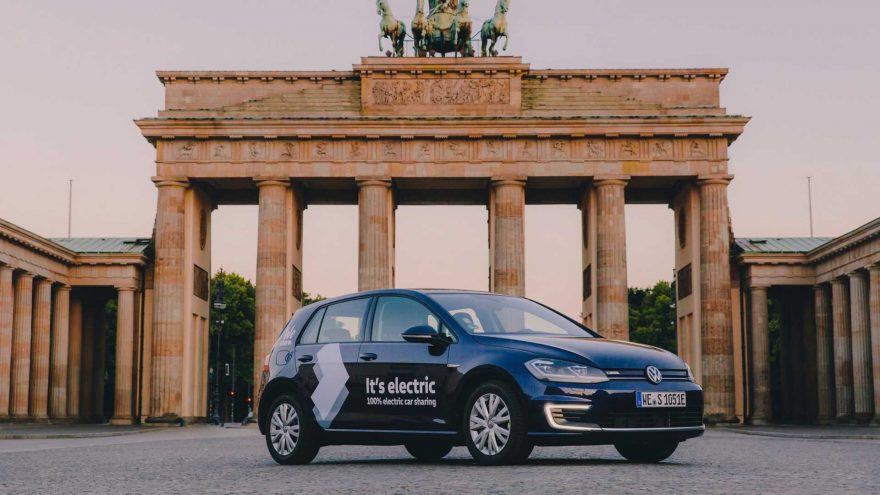
Berlin: a German metropolis on the move
The German capital is stepping up initiatives to electrify its vehicles and develop a vast network of charging stations. By 1ᵉʳ January 2025, Berlin had around 80,000 registered electric cars and nearly 35,000 charging points installed in the city. Of these, more than 5,000 were accessible to the public, according to municipal data. This development is part of an overall strategy to meet the rising demand for electricity. The operator Stromnetz Berlin is forecasting a capacity of 4.5 GW in 2035, compared with just 2 GW in 2024. The federal government is supporting this effort with a €6.3 billion plan to strengthen infrastructures. The aim is ambitious: to have one million charging points in Germany by 2030. « Berlin is a pioneer in electromobility. Thanks to good networking between politics, science and business, » says Kai Wegner, Mayor of Berlin.
Despite this progress, the development of electromobility is still hampered by a number of constraints: most of Berlin’s charging points are located in private areas (homes, businesses) – around 80%, according to the authorities – and extending them to densely populated areas is still an obstacle.
In terms of atmosphere, this dynamic reflects a growing urban awareness: electric mobility is presented not only as a lever for quality of life (reduction in emissions and noise), but also as a growth potential for mobility players.
On the other hand, the interconnection of infrastructures, particularly in condominiums or shared buildings, remains a major project in Berlin.
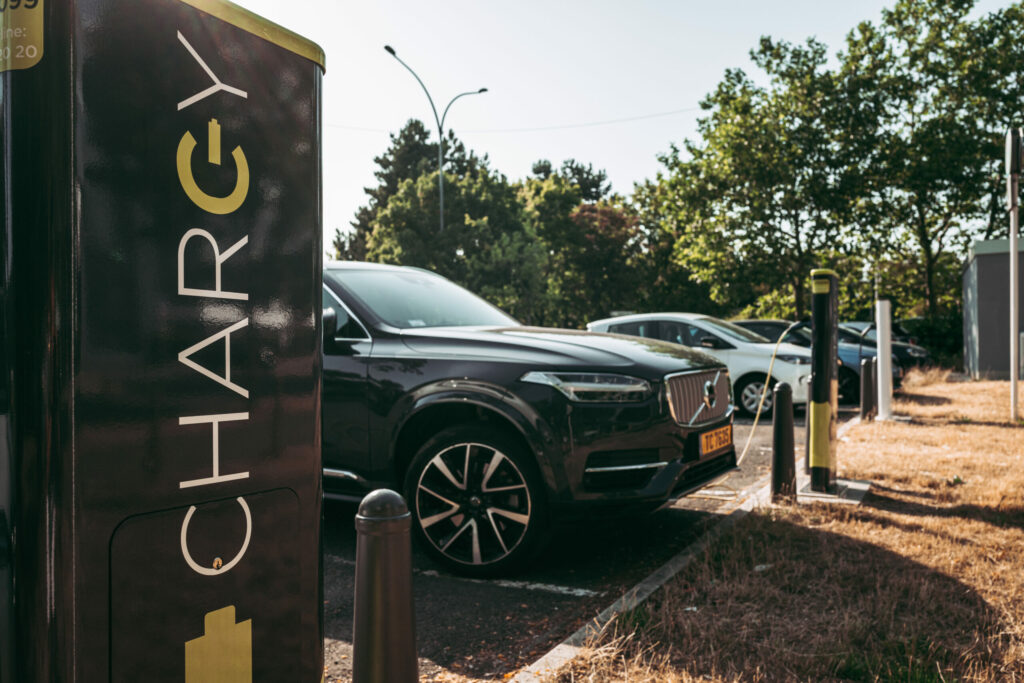
Luxembourg City: a small country with big ambitions
The capital of the Grand Duchy and its conurbation have set themselves an ambitious target: to electrify 49% of the car fleet by 2030. This ambition is accompanied by concrete measures to support the deployment of charging stations. In June 2025, an invitation to tender awarded a seven-year concession to a private consortium to install the charging network. The country is also offering targeted grants to businesses, covering up to 50% of the cost of installing public or professional charging stations. These charging points can deliver at least 175 kW to meet users’ needs. The « Stroum beweegt » scheme brings together more than 40 public and private players around a shared commitment to electric mobility.
Despite this, the results show that petrol and diesel vehicles still account for almost 90% of the total fleet. The challenge is therefore considerable: to maintain the pace of vehicle replacement while intensifying the infrastructure network in a very dense area.
The atmosphere here is one of determination: the country sees itself as a compact laboratory for sustainable mobility. This gives it a relative advantage in terms of the density of terminals per inhabitant and strong incentive measures.
Madrid: Spain focuses on fast infrastructure
In the Spanish capital, deployment is focused on massive charging infrastructures. Public support for the purchase of electric vehicles complements these efforts. The MOVES III national subsidy programme has been extended to 2025. It has an additional budget of 400 million euros to encourage the purchase of electric vehicles and the installation of charging stations. In terms of equipment, the Madrid region and Iberdrola España inaugurated a fast-charging hub in June 2025. This hub has 47 charging points, 15 of which can recharge 80% of a battery in less than 15 minutes.
In addition, the urban transport company Empresa Municipal de Transportes (EMT) in Madrid has signed a €50 million loan with the European Investment Bank for the purchase of 250 electric buses and 10 hydrogen buses, as well as the corresponding infrastructure.
The atmosphere in Madrid favours the large rapid terminal model combined with national subsidies. The main challenge remains complete urban coverage. We also need to integrate charging stations into residential areas. Finally, developing the use of electric vehicles in dense and peripheral areas remains a major challenge.
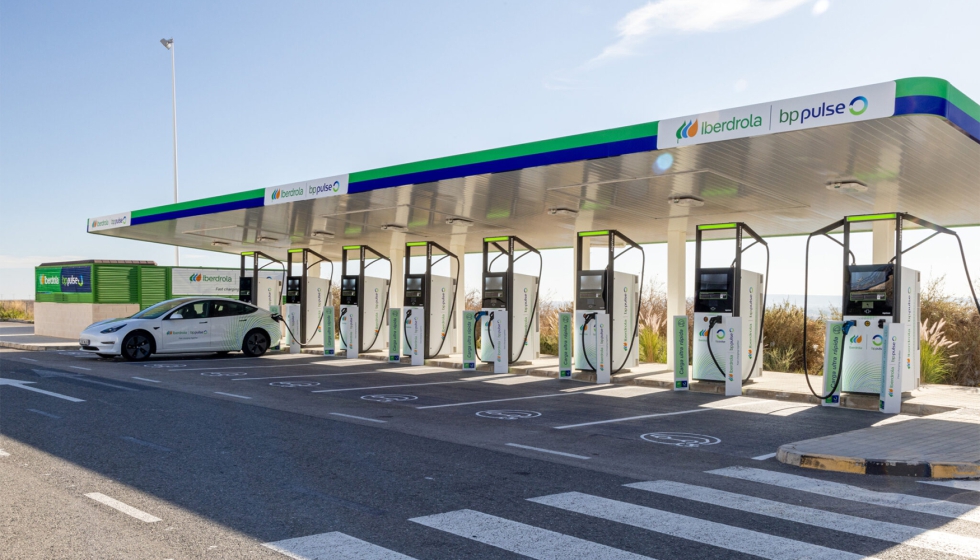
Lisbon: a step towards intensive electrification
Lisbon and Portugal are showing strong signs of progress. In January 2025, battery electric vehicles accounted for 22.5% of new registrations in the country. In terms of infrastructure, Galp has inaugurated ultra-fast 300 kW charging points in the Lisbon region. As in Berlin, a pilot solution for recharging via street lamps has also been deployed. In addition, Lisbon’s public transport company, Carris, plans to have 90% of its fleet « clean energy » by 2028. This corresponds to around 300 electric buses in the entire fleet.
In Lisbon, there has been a marked acceleration in the pace of development, but there are still some areas that need to be filled. The number of public car parks remains moderate, but is increasing rapidly. The main challenge is to transform historic residential areas without individual garages. We also need to improve coordination between public and private players.
In short, Lisbon combines promising indicators with the obstacles typical of older cities: parking, heritage, density.
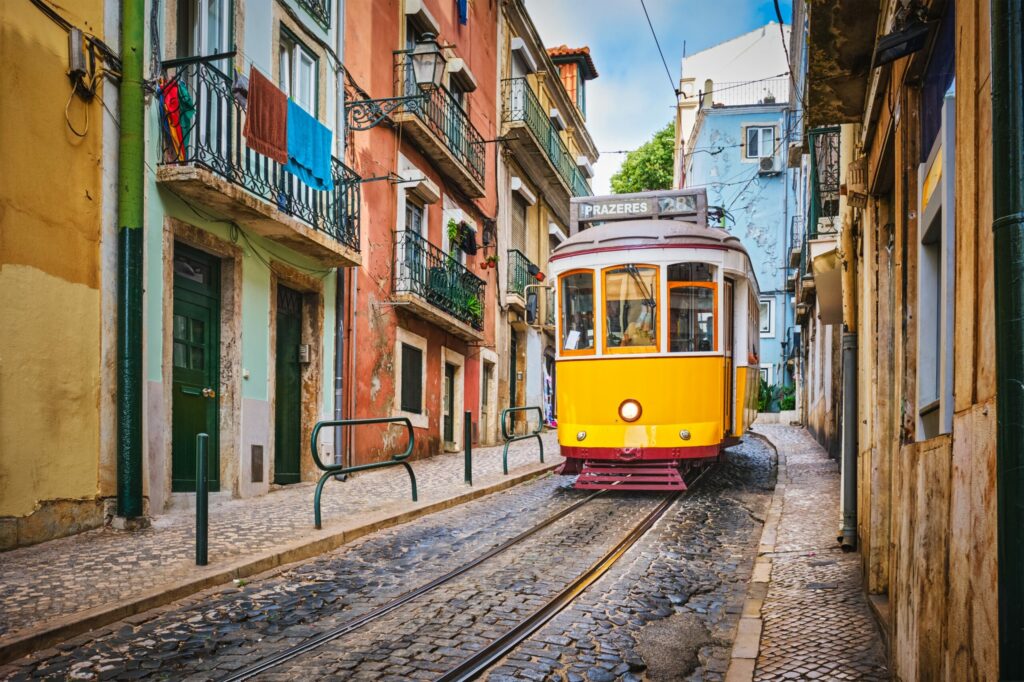
What this comparison reveals
A comparison of these four capitals reveals several key points.
- Firstly,recharging infrastructure remains essential. Madrid is banking on ultra-fast hubs, Berlin and Luxembourg on a dense network, and Lisbon on innovative urban solutions. Easy access to recharging has a major influence on user choice.
- Secondly, financial support policies are essential. Purchase subsidies, support for the installation of charging points and public-private programmes facilitate the deployment of electric vehicles.
- Thirdly, the local context plays an important role. Urban density, housing type, heritage and available energy all influence the speed of deployment.
- Finally, communication and partnerships are essential. Cities, operators, energy suppliers and industry work together with varying degrees of effectiveness. Berlin and Luxembourg are good examples of such cooperation.
Despite these efforts, challenges remain. Buildings with communal car parks need to be managed, dense areas need to be connected, charging standards need to be harmonised, and hybrids and heavy vehicles need to be integrated. Cities will have to keep up the pace if they are not to slow down the transition.
Future prospects
Over the coming years, these four capitals are set to continue their efforts. They will be extending the network of charging points and encouraging the renewal of private and public fleets. Madrid is developing exchangeable batteries and Lisbon is experimenting with street lamps fitted with charging points. European synergies, via EU funds or transnational mechanisms, will play an important role. In conclusion, electromobility is more than just a change of engine. It is a central element in the urban, economic and energy transition.

